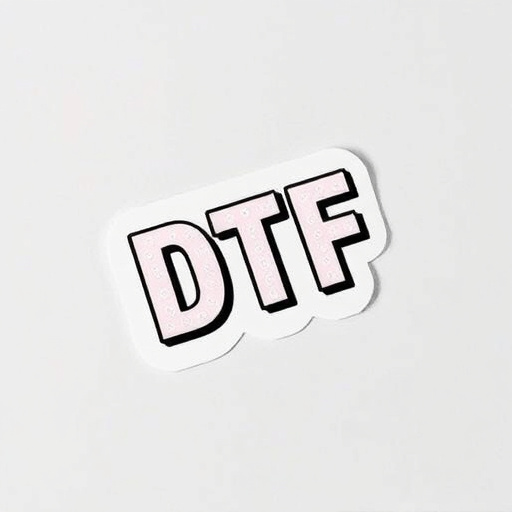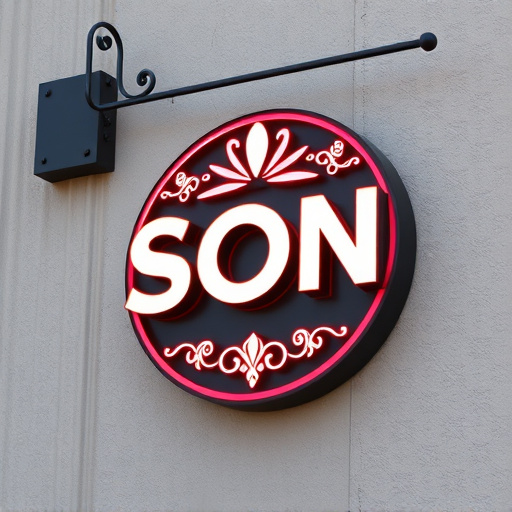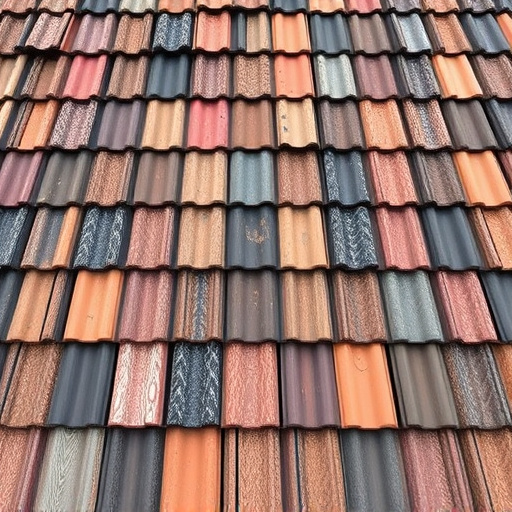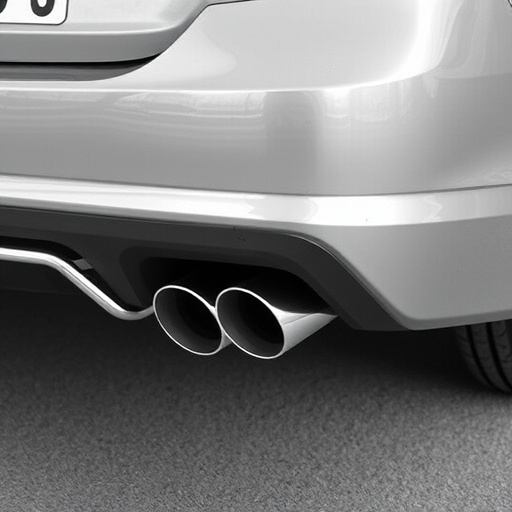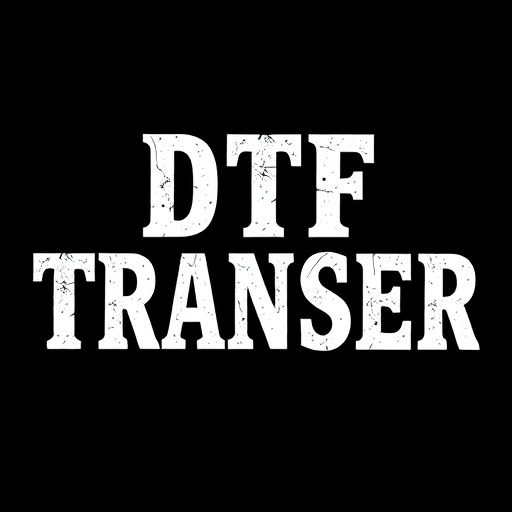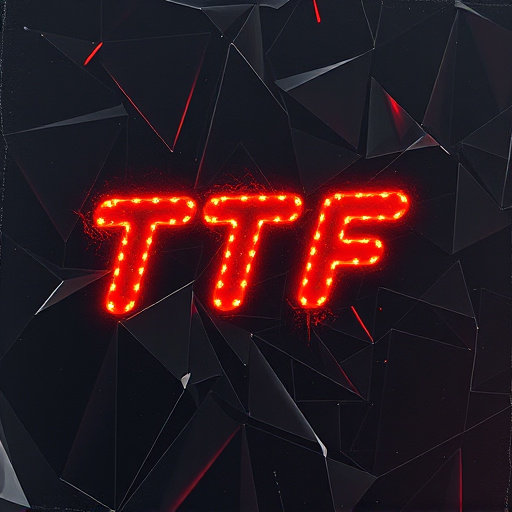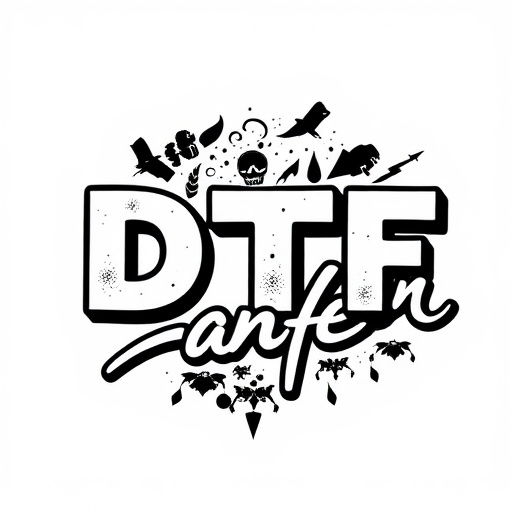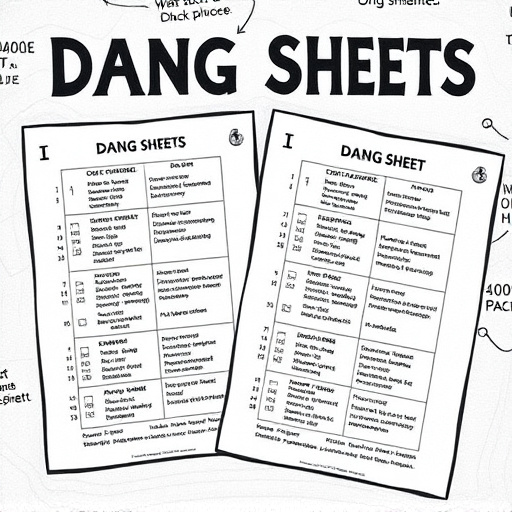DTF Transfers Ready to Press transform clothing customization, offering designers and entrepreneurs complete design freedom through direct printing on fabric. High-resolution digital files (Vector or Raster) are prepared for printing, ensuring vibrant colors and long-lasting prints on various materials when using correct heat press settings. This cost-effective method streamlines production, making it ideal for small batches or single custom orders, with easy integration into existing workflows.
Unleash your creativity with custom orders using DTF (Direct to Fabric) transfers ready to press. This powerful technique offers unparalleled versatility and efficiency for designers and printers. In this comprehensive guide, we explore the advantages of DTF transfers, walk you through preparing designs tailored for custom orders, and provide a step-by-step production workflow to streamline your process. Maximize your output and deliver exceptional, personalized products with DTF Transfers Ready To Press.
- Understanding DTF Transfers and Their Advantages
- Preparing Your Design for Custom Orders
- Streamlining Production: A Step-by-Step Guide
Understanding DTF Transfers and Their Advantages
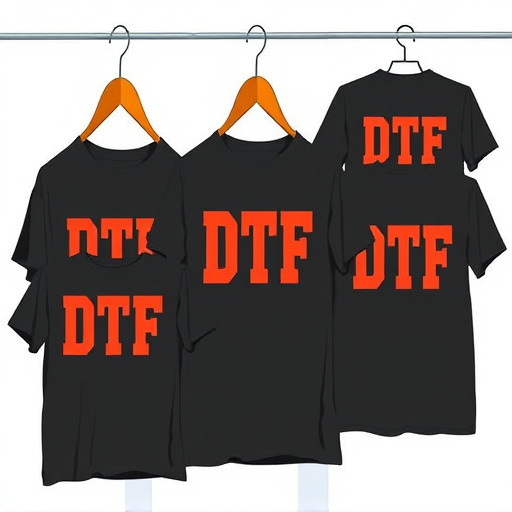
DTF (Direct to Garment) Transfers Ready to Press are a cutting-edge printing technology that offers unparalleled customization options for clothing and textile businesses. This method allows designers and entrepreneurs to create unique, personalized products with intricate details and vibrant colors. By using DTF artwork transfers, you can upload your own gang sheet, ensuring complete control over the design process.
The advantages of DTF Transfers are numerous. They provide a cost-effective solution for small batch production or even single-item custom orders. The direct printing method eliminates the need for complex set-up and plate costs, making it an efficient choice for businesses aiming to offer made-to-order items. Additionally, DTF applications come with easy-to-follow instructions, enabling users to seamlessly integrate this technology into their workflow.
Preparing Your Design for Custom Orders
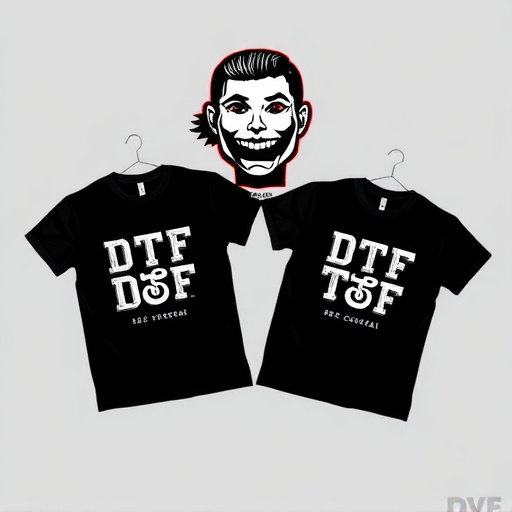
When preparing for custom orders using DTF Transfers Ready to Press, the initial step involves ensuring your design is ready for optimal transfer quality. This begins with creating or sourcing a high-resolution digital file in the appropriate format—typically Vector (.ai) or Raster (.png, .jpeg)—that accurately represents the desired logo or image. The file should have a transparent background to facilitate easy placement on various materials during the heat press process.
Further optimizing your DTF file preparation includes considering color profiles and resolution settings suitable for printing. Aim for at least 300 DPI (dots per inch) for crisp details and accurate color representation. Additionally, ensuring proper scaling and positioning of the design within the DTF template will enhance the overall quality of the final transfer, resulting in vibrant, long-lasting prints on a variety of surfaces using the right DTF heat press settings.
Streamlining Production: A Step-by-Step Guide
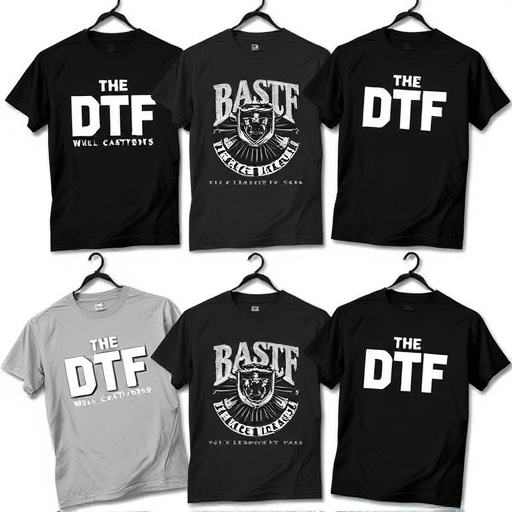
Streamlining Production with DTF Transfers Ready to Press involves a systematic approach that can transform your custom order process. Here’s a step-by-step guide to help you navigate this efficient method:
1. Design Creation: Start by designing your artwork using software compatible with DTF (Direct to Fabric) transfers. Ensure high resolution and precise color matching, as these factors directly impact the final print quality. Utilize tools for vector graphics and accurate color calibration.
2. File Preparation: Prepare your design files in a format suitable for printing, typically SVG or PDF. Make sure the designs are optimized for fabric printing, with no unnecessary elements or marks that could affect the transfer process. This step ensures smooth communication between your design software and the printing machinery.
3. Choose Your Fabric: Select the appropriate fabric type based on your product requirements. Different fabrics offer varying levels of absorbency and print quality. A cost-effective option, DTF transfers excel on materials like cotton, polyesters, and blends, making it a versatile choice for various products.
4. Print Setup: Set up your printer with the DTF transfer sheets, ensuring proper alignment and feed direction. This step requires precision to achieve accurate color reproduction and avoid any misalignments. The print quality settings should prioritize detail retention and color vibrancy.
5. Heat Pressing: Preheat your heat press machine to the recommended temperature for DTF transfers. Once ready, apply pressure while heating the transfer sheet until it fuses with the fabric. This process ensures a long-lasting and vibrant print, adhering tightly to the fabric fibers.
6. Quality Control: After cooling, inspect the printed items for any defects or color inconsistencies. DTF heat transfers offer excellent color matching capabilities, ensuring your designs look as intended on the final product. This step is crucial for maintaining high-quality standards.
Custom orders using DTF (Direct to Fabric) transfers ready to press offer a seamless and efficient solution for businesses. By understanding the advantages of this technology, preparing designs accordingly, and following a streamlined production guide, you can effortlessly cater to unique customer requests. DTF Transfers Ready To Press simplify the process, ensuring high-quality results and faster turnaround times.

